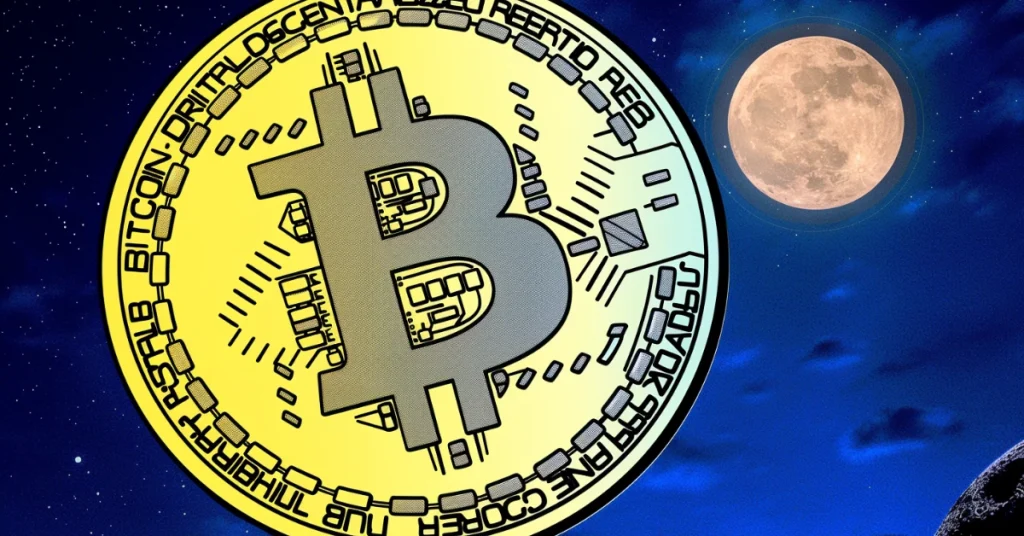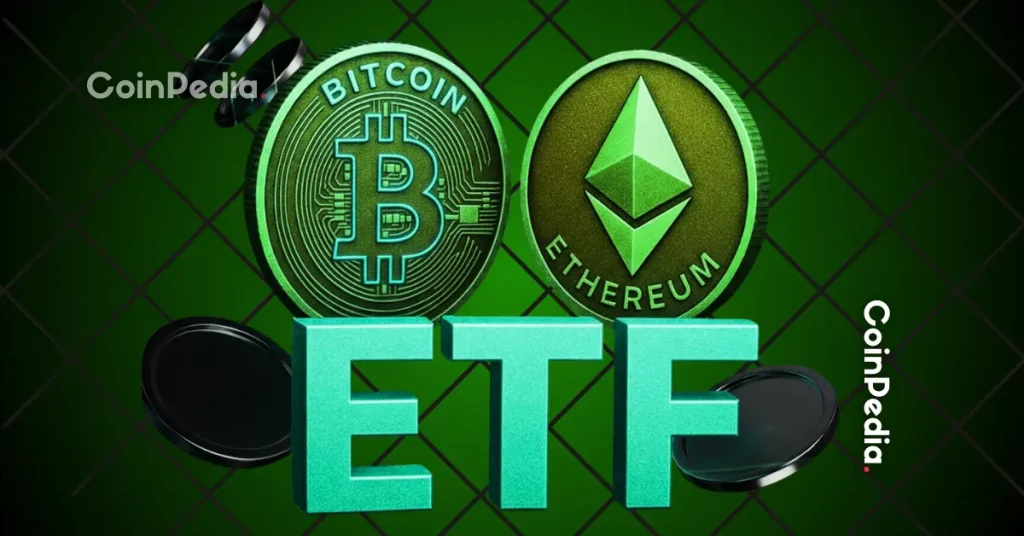The cryptocurrency market experienced a sharp and sudden downturn on Friday after the release of hotter-than-expected U.S. Personal Consumption Expenditures (PCE) inflation data. Bitcoin, the world’s largest cryptocurrency, fell to $108,000, extending its weekly losses to more than 6.5% and raising fears of a potential slide toward the $100,000 psychological mark. The move triggered more than $480 million in long liquidations across major trading platforms, with total market liquidations surpassing $589 million in the past 24 hours.
The sell-off reflected renewed concerns that the Federal Reserve may hold back on interest rate cuts at its upcoming September meeting. The PCE index, which rose 2.6% year-over-year, reinforced the narrative that inflation remains stubbornly sticky, and this forced investors to reassess their expectations of looser monetary policy. Core measures of inflation, excluding volatile food and energy, also showed persistent strength, confirming that inflationary pressures have made little progress over the last sixteen months.
Bitcoin’s sharp decline once again demonstrated the cryptocurrency’s growing sensitivity to macroeconomic shifts. Far from serving as a hedge against inflation in the near term, BTC ($111,471.00) increasingly trades in line with risk assets such as equities, particularly during times of uncertainty over interest rates. Analysts pointed out that the current price movement strongly mirrors Bitcoin’s 2021 trading pattern, when a mid-cycle correction flushed out over-leveraged positions before the market eventually stabilized.
Popular market analyst Ali Martinez emphasized that the $108,700 level is crucial support. If Bitcoin fails to hold above this threshold, the market could face another 15% decline, potentially dragging BTC down toward $94,000. According to Martinez, such a break could prompt additional forced deleveraging among traders and create further volatility, especially given the heavy reliance on derivatives across crypto exchanges.
The weakness was not confined to Bitcoin. Ethereum, which had enjoyed steady inflows into its exchange-traded funds in recent weeks, fell below the $3,000 support zone. Ripple’s XRP ($2.61) dropped to $2.81, and Solana once again tested the $200 level. Analysts noted that Ethereum continues to act as the bellwether for altcoin momentum, and its inability to sustain institutional inflows against broader macro headwinds sent a negative signal to the rest of the market. Even with structural upgrades, staking adoption, and deflationary mechanics introduced by EIP-1559, ETH ($3,932.22) remains tied to liquidity cycles and cannot decouple when market stress rises.
The derivatives market showed clear signs of stress as well. Funding rates across major futures exchanges moved closer to neutral following a significant wave of liquidations. Data from Coinglass revealed that long positions accounted for the bulk of forced liquidations, underscoring how bullish sentiment had become overextended in recent weeks. While this painful reset may set the stage for more sustainable positioning in the medium term, the immediate outlook remains fragile as traders await clearer signals from the Federal Reserve.
Amid the turmoil, long-time Bitcoin critic and gold advocate Peter Schiff weighed in, declaring that it was “game over” for both Bitcoin and the Trump administration’s economic strategy. Schiff criticized Donald Trump’s push for interest rate cuts, arguing that such policies would undermine creditor confidence in U.S. debt markets. In his view, lowering rates may reduce borrowing costs for the government, but it risks deterring lenders who expect returns above inflation. If real yields do not adequately compensate for inflation and potential dollar depreciation, Schiff warned, the U.S. could face a serious credibility problem with its creditors.
Schiff’s comments were echoed in part by macro research group Ecoinometrics, which noted that inflation risks will dominate the Fed’s upcoming meeting. The group argued that with inflation proving sticky, the central bank has little incentive to accelerate rate cuts, and this lack of accommodation is likely to weigh on risk assets, including Bitcoin, in the short term. Their analysis pointed out that despite aggressive tightening in recent years, inflation has shown almost no meaningful progress since mid-2024, leaving policymakers stuck in a difficult position.
For investors, the latest correction has once again highlighted the double-edged nature of cryptocurrencies. On one hand, they remain highly vulnerable to shifts in global liquidity and central bank policy. On the other, structural tailwinds—such as institutional adoption, ETF demand, and network maturity—still provide a long-term bullish narrative once macro headwinds ease. Some market participants argue that these corrections are necessary to flush out excess leverage and reset valuations to more sustainable levels.
In the near term, however, the market remains on edge. Traders are watching closely whether Bitcoin can defend the $108,700 zone, as failure to do so could open the door to deeper losses. Altcoins are expected to remain under pressure as long as macro uncertainty persists, with Ethereum’s performance likely to dictate sentiment across the broader market. The upcoming Federal Reserve meeting in September now looms large as a potential turning point for both traditional and digital assets.
The correction following the PCE data illustrates just how closely intertwined cryptocurrencies have become with mainstream financial dynamics. Once viewed as an alternative hedge, Bitcoin now reflects the same concerns over inflation, interest rates, and global liquidity that dominate equities and bonds. The debate over whether this correlation strengthens or weakens the case for Bitcoin as an asset class remains unresolved. For now, critics like Schiff see the current environment as vindication of their skepticism, while proponents argue that the long-term fundamentals of adoption and scarcity will eventually prevail once macro headwinds subside.


























 24h Most Popular
24h Most Popular







 Utilities
Utilities